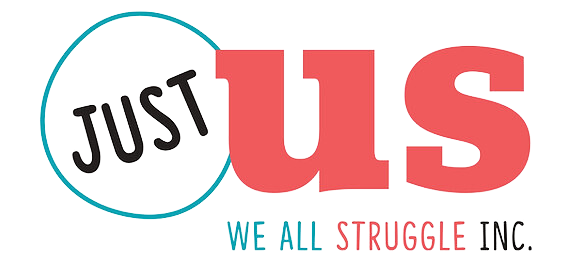Breaking the cycle: Bringing burnout prevention to the workplace
According to a recent survey of 1,500 professionals across Canada, 47 per cent report feeling burned out and 31 per cent indicate they are more burned out now than they were the year prior. Addressing employee burnout requires more than individual effort; it requires organizational commitment.
Recently, we had the opportunity to work with NB Power after their marketing leaders reached out to us asking to speak to their team about burnout. They recognized that their team needed an opportunity to talk about burnout not after it happens, but before it takes hold.
A proactive approach
NB Power wanted to educate their marketing leads and give them a venue to ask questions about burnout prevention and how to support team members who were struggling. Rather than waiting for a crisis, they were investing in their people's well-being upfront.
Led by counselling intern Jessica Maclean, who brings a unique combination of counselling psychology training and business experience, the session created space for participants to explore a topic that is often pushed aside in fast-paced work environments.
“I was impressed by their dedication to their work and the camaraderie they showed with their peers,” MacLean reflected. “These weren’t people just going through the motions. They genuinely cared about doing their jobs well and looking out for each other.”
Understanding burnout as a cycle
The workshop opened with a simple but revealing exercise: an energy check-in. Each participant shared their name, title and rated their current energy level on a scale of 1 to 10. It was a small gesture, but it set the stage for the vulnerability and openness that followed.
“The energy check-in went great,” MacLean noted. “It immediately got people talking and thinking about their own wellbeing, and this awareness was exactly where we needed to begin.”
From there, the group dove into understanding burnout, not as a simple on-off switch, but as a progressive cycle. Using the 12 stages of burnout developed by Herbert Freudenberger and Gail North, MacLean walked the participants through how burnout develops over time, from initial enthusiasm and overwork to eventual physical and emotional exhaustion.
“Participants really enjoyed learning about the 12 stages. It helped them see burnout as a cycle instead of the dichotomy of burnout versus no burnout. That reframing alone was powerful as it meant they could catch it earlier, in themselves and in their peers.”
The unique pressures of essential services
During the workshop, participants opened up about the pressure and stresses that come with the territory of essential services providers. One recurring theme stood out: the difficulty of leaving work at work after the day had ended.
“We talked a lot about boundary setting and how to set boundaries in a fast-paced field,” MacLean recalled. “The culture of ‘yes’ came up, especially how hard it is to say no to extra work in a field where the stakes are so high.”
The group also discussed empathy and concern for colleagues in different positions throughout the company. Some employees work long shifts during power outages, while others face different pressures. Understanding these varied experiences helped the participants think more holistically about burnout prevention across their teams.
“I think it’s important to address burnout risks not just at the individual level, but also the wider team,” MacLean says. “We need to normalize asking for help when needed and looking out for one another. A simple check in can have a big impact on others.”
From awareness to action
The workshop wasn’t just about understanding burnout but what to do about it. Participants discussed practical approaches to managing workload, recognizing early warning signs and supporting those who may be struggling.
“My biggest concern going in was that participants wouldn’t feel comfortable speaking up,” MacLean admitted. “But it was a good group in friendly spirits. They were talkative, relaxed, and genuinely engaged in the conversation.”
That engagement translated into real discussions about protective factors that prevent burnout before it starts. Rather than waiting to react to a crisis, participants left with tools to build resilience proactively.
“Burnout doesn’t happen overnight,” MacLean says. “It’s a cycle, but that also means we can interrupt it at any point along the way. The earlier we identify the signs, both in ourselves and others, the better.”
At Just Us, we believe mental health support should meet people where they are, both physically and in the context of their everyday lives. That’s why our workplace mental health workshops and group counselling services are designed to bring mental health education directly into workplaces across New Brunswick, whether in person in Saint John or Fredericton, or virtually throughout the province. Learn more.

